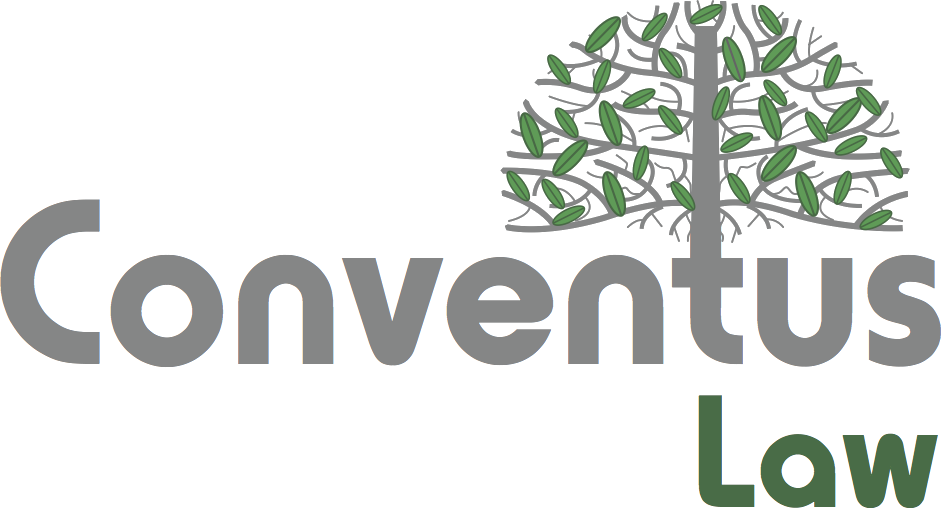Trust is the foundation of modern governance in Canada and other parts of the world. Stakeholders expect organizations to be completely fair and transparent in their operations. Public confidence depends on the belief that leaders act with honesty and accountability.
The demand for transparency has increased in recent years. Recent data breaches in Canada and misinformation have made trust harder to earn. Nonprofit organizations now face higher expectations for transparency in decision-making.
The private sector remains highly vigilant to address cybersecurity concerns. Organizations are now focused on bringing accountability and transparency to their operations. They employ advanced data management tools for internal communication and secure board management.
Nonprofit trust and accountability are the fundamental elements in modern-day markets. Nonprofit organizations (NPOs) can achieve this by following the footsteps of private organizations. The following text explains what NPOs can learn from the private sector and how they can strengthen their digital governance using modern tools.
Lessons from the private sector: How corporations built systems of transparency?
Transparency comes when everyone involved in a process knows what’s happening. Here is how private organizations do this.
- Open reporting practices
Corporations learned that transparency strengthens reputation. Many firms publish sustainability and diversity reports each year. These reports share clear goals, progress updates, and measurable results. Investors and consumers value such openness because it reduces speculation and builds confidence in long-term performance.
- Digital accountability tools
Businesses also adopted digital tools for better accountability. For example, online dashboards track environmental targets or social impact projects. Stakeholders can view data in real time. This direct access encourages trust and reduces information gaps. It also pressures companies to keep promises and correct errors quickly.
Board management tools like virtual board portal software provide detailed activity reports for all users. This allows the management to keep a record of everything happening in a boardroom and generate audit reports when needed.
- Ethical governance standards
Corporations have also improved governance standards. Practices like
- Independent boards
- Clear codes of conduct
- Whistleblower programs
support ethical behavior. These measures help prevent misuse of funds and protect employee rights. This helps companies earn stronger public trust.
Nonprofits can learn from this model. Stakeholders engage more when institutions communicate goals and show progress with clarity. Canadian nonprofit technology must be transparent to strengthen credibility and improve service delivery.
The nonprofit challenge: Why community trust now depends on digital maturity?
Secure digitalization has become an integral element in today’s organizational structure. Here is why.
- Shifting expectations
Nonprofits once built trust through local relationships. Today, donors and communities expect digital transparency. They want to see where funds go and what outcomes are achieved. Nonprofits must adapt or risk losing support.
- Digital tools for engagement
Modern platforms can help nonprofits share updates quickly and clearly. Tools like online dashboards or social media updates show ongoing impact. Supporters appreciate timely communication. It builds loyalty and encourages continued giving. But this requires investment in digital skills and systems.
- Cybersecurity and data ethics
Nonprofits also handle sensitive donor and community data. A single breach can damage trust instantly. Strong cybersecurity practices protect both reputation and relationships. Clear privacy policies and secure systems show responsibility and care.
- Building digital confidence
Digital maturity goes beyond using technology. It means understanding how digital actions shape trust. Nonprofits that use technology responsibly and communicate with clarity strengthen their community ties. In Canada’s digital-first environment, trust now depends on how well organizations adapt. Those who invest in transparency and ethical digital practices will earn lasting support from the people they serve.
Technology as the enabler: role of modern board management solutions in governance
High-end board technology can be a massive booster for nonprofits in Canada. Here is what board portal solutions bring to the table.
- Improved board document management
It goes without saying that the importance of easy access to data is a key element in effective corporate governance. In fact, not only data but also the corporate leadership needs the latest information for more accurate and informed decisions.
Unfortunately, it seems impossible for organizations that still stick to paper documentation. That’s because data sharing and updating are slower, and incorporating changes is a lengthy process. Also, the document retrieval process itself is quite lengthy.
Board management software is the exact opposite of the paper documentation system. Here is how:
- It allows boards to upload tonnes of data in one place, which every user can access from anywhere.
- The data is categorized into folders and subfolders. The document retrieval process is way faster. Any user can locate a file in a matter of seconds.
- Board portals allow users to make real-time changes in documents. Users can create live document links, and the changes/alterations will be made in all copies, and other users will get a notification.
- Robust security
Security is a forte of virtual boardroom software. Organizational boards possess the company’s most sensitive data, including company policies, financial statements, patents, trademarks, meeting minutes, structural designs/product prototypes, etc.
Board management software makes sure that important board documents and communication between the users remain safe from external and internal risks. High-quality virtual boardrooms are always ISO-27001 certified, with strong security features for the boardroom and document protection. Notable security features include:
- Two-factor authorization
- Document access control
- Remote device purging
- IP access restrictions
- Document access revocation
- Document shredding
- Digital watermarks
These virtual boardroom solutions ensure compliance with local regulatory bodies. Trusted vendors comply with data protection guidelines set by PIPEDA. Using certified data and communication management platforms gives a massive boost to the public and stakeholders’ trust.
- Remote access
Apart from highly simplified data management, virtual board software makes data access much easier. Any user can access board documents from mobile phones or tablets—thanks to dedicated mobile apps. Some vendors, like Ideals, even allow portal access without an internet connection.
- Meeting management and better communication
Whether boards have to communicate internally or with other business entities, board portals provide all necessary communication tools. Common examples include chat messengers, Q&A modules, audio/video calling software, etc. Many vendors also allow integration with Slack, Google Meet, Zoom, and similar platforms.
The board portal is a paperless meeting solution, highly suitable for managing online meetings from start to end. Any high-end board governance software offers:
- Meeting agenda builder and customizable agenda templates
- Audio/video conferencing tools
- Meeting minutes recorder/builder and free templates
- Automatic note-taking during meetings
- Voting tools for process resolutions or proposals
- Electronic signatures to sign documents digitally
- Task trackers to assign and manage tasks
- Transparency
It is impossible to win anyone’s trust without ensuring transparency in an NPO’s operations. Online boardroom solutions come with detailed activity logs. They make sure the organization can keep track of all board members’ activities. These reports can be used for audit purposes and presented to donors and other important stakeholders.
- Cost effectiveness
Nonprofits have a bigger responsibility when it comes to using every dollar efficiently. They need to ensure long-term sustainability and serve their communities effectively.
Boardroom solutions help nonprofit organizations achieve this. They are paperless meeting solutions that minimize multiple expenses, like:
- Paper and printing costs related to board books and other documents
- Couriers expenses
- On-site meeting management and board members’ travelling expenses
Top board management tools in 2025
The board portal technology is truly game-changing, but not all vendors offer the premium quality services. The level of security and ease of use differ greatly. Compliance and customer support services are also key factors to consider when choosing a solution. Some of the best board management tools include:
- Ideals Board. They are known for their banking-grade security and imperial customer care. Ideals Board allow easy integration with tools like Zoom and Slack, and also allow offline data access.
- Diligent. A useful board portal solution for the financial services industry
- Boardvantage. Highly useful for board collaboration
- Boardable. Ensures maximum collaboration and simplifies board meeting minutes preparation
Conclusion
Global corporate practices have changed significantly in the last decade or so. More and more organizations are switching to digital platforms and making their operations transparent. Nonprofits are under immense pressure to do justice with donations and serve communities better.
Using secure digital tools like board portals will help nonprofit organizations manage their operations in a better way. These platforms ensure maximum security and compliance. They create a seamless and cost-effective collaboration atmosphere for board members and help them focus on important matters.




